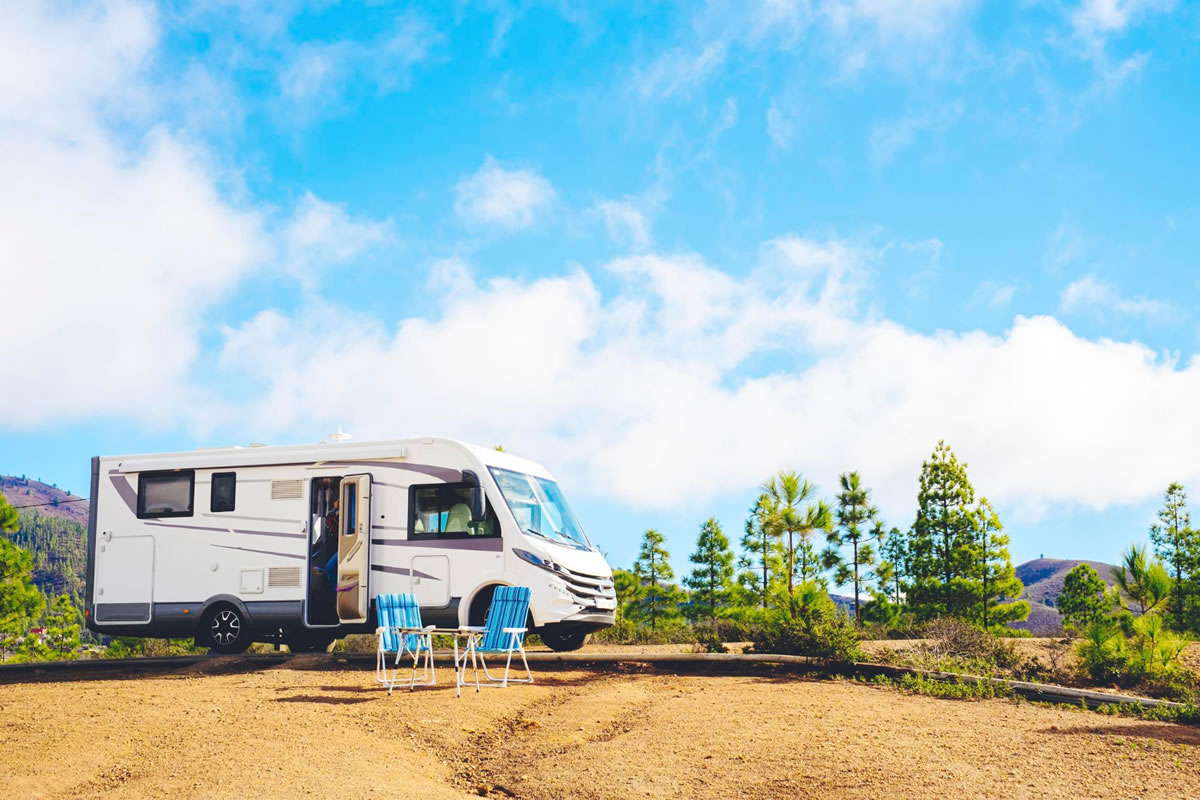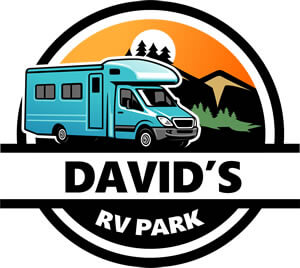
When you chose to get an RV, you no doubt envisioned driving on America's long, open roads, visiting beautiful campsites, and having your personal space while on the road. There's plenty of fun to be had while RVing.
However, while most of your time will probably be spent on roadways or at campsites, you will need to drive in cities. That includes when leaving or returning home and stopping in different cities and urban areas during your trip for gas, groceries, or to eat at a sit-down restaurant. The thing is, RVs are large vehicles, and driving in a city requires practice. The following guidelines from experts at our RV park near San Antonio, TX, should help you get started.
The most challenging part of driving an RV in a city is turning. So let's begin with lane changes, and go from there.
When setting side mirrors, most motorists set them up so they can see into lanes on either side and part of the automobile. That's an error. You don't need to see the flank of your automobile, just what's in the lane beside you. This is the reason for blind spots in average-sized cars.
Adjust your left mirror to see down the lane on your left. If you move your head to the left, you can see part of the side of your RV, but if you sit in a normal driving position, you should not see it. Modify your right mirror so you can see the right lane, and if you move your head to the right, you see part of the right side of your automobile. Since RVs are lengthy, you will likely have blind spots, but this will decrease them significantly.
Always signal before shifting lanes, and allow other drivers sufficient time to notice your signaling. Look carefully in your side mirror before moving into the other lane, and look out your windows to ensure the lane is clear.
When turning, signal well in advance, too. Right turns are the toughest because you drive on the right side of the street, meaning you will frequently have to make right turns directly at a corner. To turn safely, you must create additional room on the right for the back of your rig to swing out enough.
To do so, first, ease toward your left lane. You might need to be in it slightly. Then, turn right. That will make the back of your trailer move left, and you can bypass having it drive onto the sidewalk or otherwise reach the edge of the road.
You need to be aware of a couple of things here. First, when you begin moving toward the left lane, some drivers mistakenly believe you're turning left and will move to your right. That's why you signal ahead of time to lower this possibility. You also want to watch that lane to ensure you can complete your turn.
Second, ensure you know where the front wheels are related to the driver's seat. We're accustomed to front wheels being in front of us while driving. However, there's a substantial chance that in an RV, they're behind you, which will change the turn. As a result, you will want to drive into the intersection further than you're accustomed to when turning right or left.
Parking can be challenging in an RV unless you locate a parking area with plenty of room for big vehicles. It usually works best if you have a passenger to help you park by signaling to you from outside your RV. If not, once you locate a large enough space to park in, get out of the RV and look around, so you know what's there and can safely park.
When feasible, stick to wide lanes when driving in a city. Avoid narrow roadways and alleyways, particularly in areas you don't know. If required, park in a large lot and walk around the area to understand how to navigate it safely.
The more you tour in your RV, the better you'll be at driving it on the open road and in metropolitan areas. So enjoy your RV adventures, and stay safe. Contact us if you need an RV park near San Antonio, TX. We can't wait to see you!
